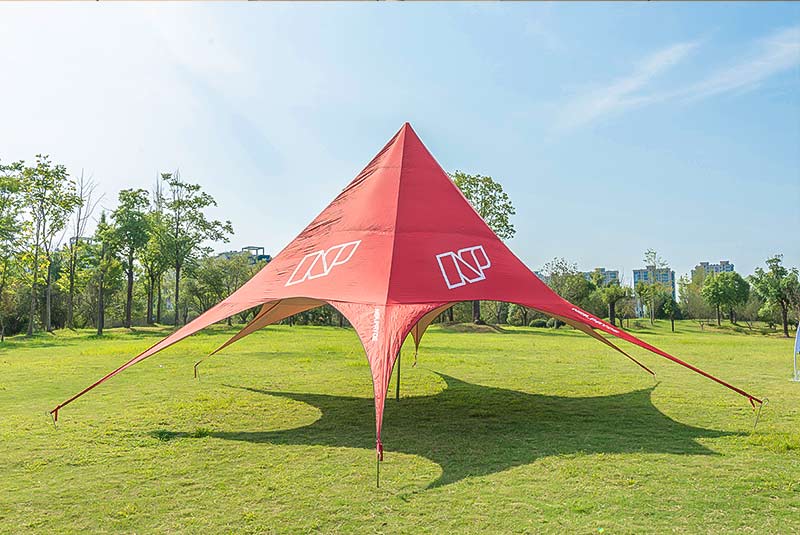

Mountain climbing, an endeavor that embodies adventure, […]
Mountain climbing, an endeavor that embodies adventure, challenge, and the pursuit of breathtaking views, demands the right gear to conquer its rugged terrain and unpredictable weather. Among the essential equipment for any mountaineer, a reliable tent stands out as a critical shelter against the elements. In this comprehensive guide, we delve into the world of mountain climbing tents, exploring their key features, considerations for choosing the right one, and top recommendations for your next alpine expedition.
Mountain climbing tents are engineered with specific features to withstand the harsh conditions encountered at high altitudes. These include:
Durability: Tents constructed from high-quality, ripstop materials with reinforced seams ensure durability against strong winds, snow, and abrasion from rocky terrain.
Weather Resistance: A tent's ability to repel water, snow, and resist condensation is crucial. Look for tents with waterproof coatings, robust rainflies, and ample ventilation to minimize moisture buildup inside the tent.
Weight: Every ounce counts when carrying gear up steep inclines. Lightweight materials like Dyneema and aluminum poles help reduce pack weight without compromising on durability.
Stability: Tent designs with sturdy pole structures, multiple guy-out points, and low profiles enhance stability, crucial for withstanding fierce mountain winds.
Livability: While mountain tents prioritize function over comfort, features like vestibules for gear storage, ample headroom, and strategic door placements contribute to a more livable space during extended stays.
When selecting a mountain climbing tent, consider the following factors:
Season Rating: Mountain tents are typically categorized as three-season or four-season. Four-season tents offer superior weather protection and stability for alpine environments but may be overkill for milder conditions.
Capacity: Choose a tent size based on the number of occupants and gear storage needs. Keep in mind that larger tents offer more space but can be heavier to carry.
Ventilation: Adequate airflow is essential to prevent condensation buildup inside the tent. Look for tents with mesh panels, adjustable vents, and well-designed rainflys to facilitate airflow without compromising weather protection.
Packability: Opt for a tent that packs down small to minimize bulk in your pack. Consider tent poles that break down into shorter segments and compression sacks for efficient packing.
Ease of Setup: In adverse weather conditions, a tent that can be pitched quickly and intuitively is invaluable. Practice setting up your tent beforehand to familiarize yourself with the process.

Our company mainly produces folding tents, star tents, sperical tents, and other outdoor products